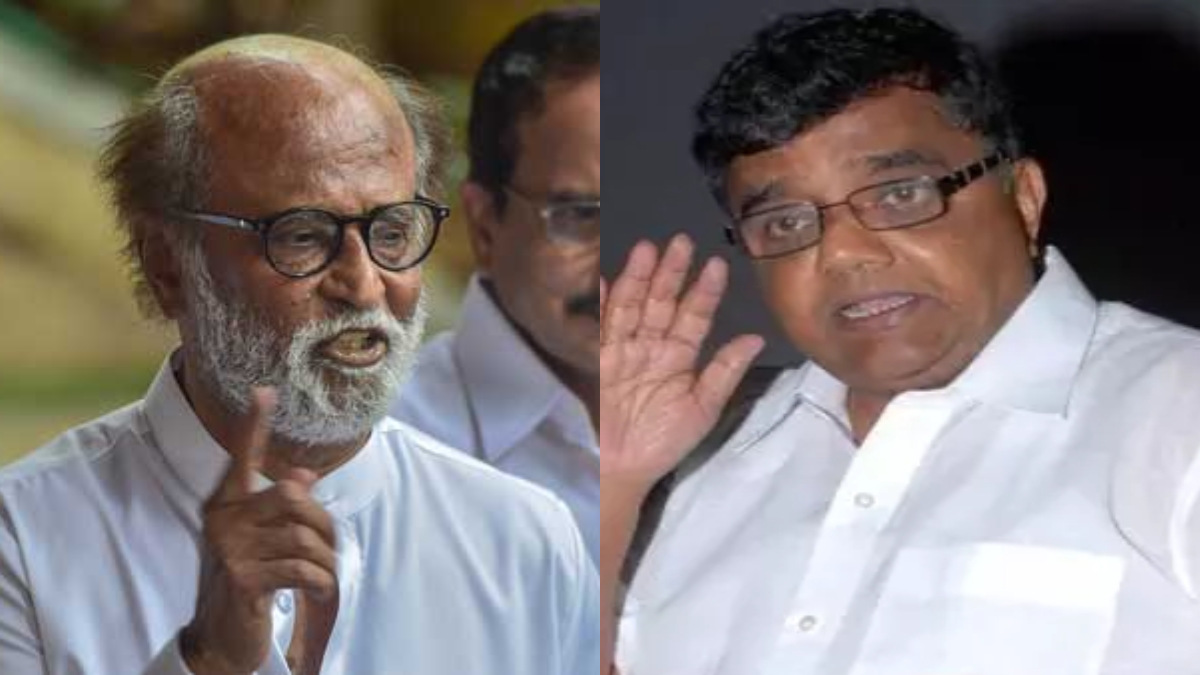
Who was Hubert Cecil Booth and why a Google doodle for him
Google today honoured British engineer Hubert Cecil Booth on his 147th birth anniversary with a doodle. Born in Gloucester in 1871, Booth was an engineer best known for inventing one of the first powered vacuum cleaners.

His first petrol-powered, horse-drawn vacuum cleaner was too bulky to be brought into the building but it was built on the same principles of modern ones.
Booth is known for introducing one of the first powered vacuum cleaners. Before Booth introduced his version of the vacuum cleaner, cleaning machines blew or brushed dirt away, instead of sucking it up.
In 1901, he was present at a demonstration of (in his words) "an American machine" at the Empire Music Hall in London. This device was intended for cleaning of railway cars and consisted of an air pump that pumped the air out and blew the dust which worked for that time but didn't get rid of the dust.
This didn't satisfy Booth, and he thought that a better solution should exist. He thought that if a filter is placed before the pump and air reversed, to enter the machine instead to exit it, a machine that could do a much efficient job could be built.
So he decided to try an experiment: he laid a handkerchief on the seat of a restaurant chair, placed his lips on the handkerchief and sucked the air. When he saw hum much dust have gathered on the handkerchief, he knew that his idea is feasible.
Booth built a machine powered by an internal combustion engine. It used piston pump to draw air through flexible pipes and a filter made of cloth. It was a big machine, and it had to be drawn by horses. It stayed outside the building that it cleaned, and pipes were protruded through the windows to enter the rooms. People called it "Puffing Billy."
His next vacuum cleaner was electric-powered, but it was still big to enter the buildings. In the next few decades, Booth founded British Vacuum Cleaner Company (BVCC) which offered cleaning services and whose Chairman and Managing Director he was.
They had bright red vans which held vacuum cleaners (a term first invented by the company that marketed Booth's machines) and operated by uniformed operators. AS big as they are these vacuum cleaners are predecessors of those that we use today and which work on the same principle.
Booth continued to do engineering work and from 1903 to 1940, he designed and constructed steel railway bridges, factories and other types of structural steel work.
Between 1914 and 1918 he installed many vacuum-cleaning plants in high-explosive factories. During a spotted fever epidemic, he was engaged in cleaning of Crystal Palace at Sydenham for the Admiralty.
Of course, vacuum cleaners were used for this job. After the war, he built suspension bridges in Burma, India, and South Africa, and bridges for railway companies in Britain.
Booth
married
one
of
the
daughters
of
Francis
Tring
Pearce,
director
of
the
Priday,
Metford
and
Company
Limited.
He
was
offered
a
Knighthood,
however
he
turned
it
down.
His
father,
Abraham
Cecil
Booth,
was
involved
in
the
development
of
the
transatlantic
telephone
lines.
He
died
on
January
14,
1955,
in
Croydon,
England.


 Click it and Unblock the Notifications
Click it and Unblock the Notifications


































